Young Lady born with Vacterl makes it as a model
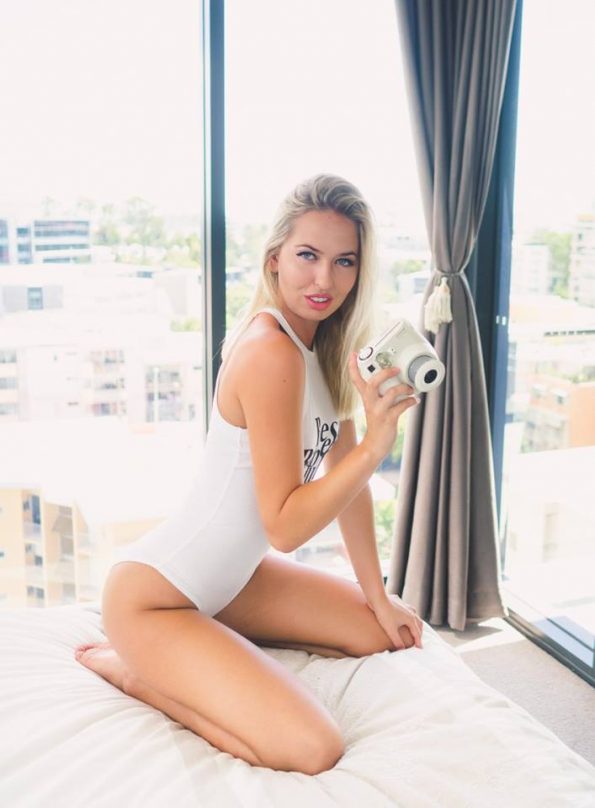
At 17 years old, I was exactly where my parents and the doctors thought I never would be. In Amsterdam – by myself and walking Mercedes Benz Fashion Week. To be honest, I couldn’t believe it myself.
You see, at 14 years old I was told by a modelling agency in Brisbane, that if I was to pursue modelling, I would never be able to show my stomach as I had scars from operations as a child. Due to this, the chance of me being able to do well in the industry was very slim. For one and a half years, I put down my stilettos, navigating a way to do what I loved regardless of my physical circumstances.
Fast forward to 16 years old, and I am signed with a boutique agency in Brisbane and booking big Queensland fashion shows, walking in bikinis with my scars on display. The only limit to what I could do were my own thoughts.
I was diagnosed with VACTERL Association – a congenital disability – in the womb at 28 weeks. For those unfamiliar with this condition, what it meant for me was the following:
Medical jargon aside, it is clear this would have a significant impact on my life – not just at birth, but long term.
I was born via an emergency caesarean after my mother was induced and endured a painful 26-hour labour. I was unable to swallow in the womb meaning my mum was carrying 7 litres of amniotic fluid, consequently, she was HUGE.
At five hours old I was taken in to a five-hour surgery where they had to repair my tracheoesophageal fistula as without this repair I would be unable to eat or drink and would drown in my own saliva. They cut under my right arm, removed a rib and did the repair then and there. They also created a colostomy and vesicostomy. This surgery was crucial to have a functioning digestive system and be able to survive. They were amazed I was able to make it through birth, let alone the surgeries to follow.
At 7 months I had a full reconstruction where they made a urethra and joined the two vaginas to make a functional passage using tissue from my small bowel. They pulled through my intestine to create an anal opening, however as I had no sphincter, rectum, muscles or nerves, I would be incontinent my whole life.
From my TOF repair, despite it being a success I had many problems breathing and swallowing. I was diagnosed with tracheobronchomalacia- narrowing or collapsing of the airway. My airpipe, due to the surgical intervention, was partially collapsed as the muscles and cartilage were not there to hold it open. I was not able to breathe lying down and would struggle to get enough oxygen in. On top of this, I had extreme reflux. For the first few years of my life my mother had to sit up through the night with me lying upright on her chest just, so I was able to breathe. If she did not do this, I would be vomiting blood and gasping for breath.
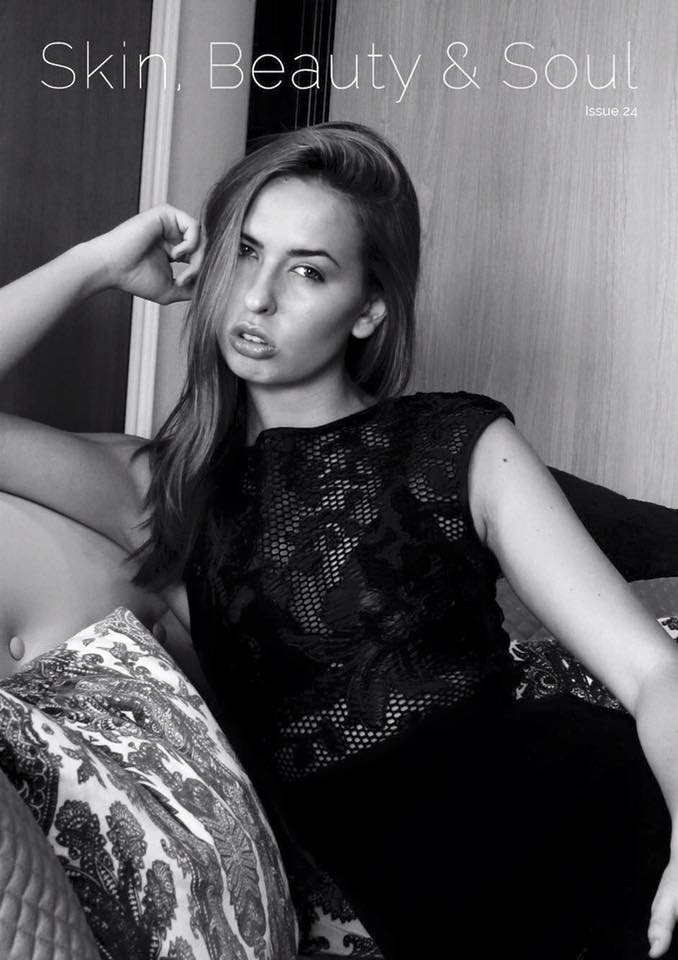
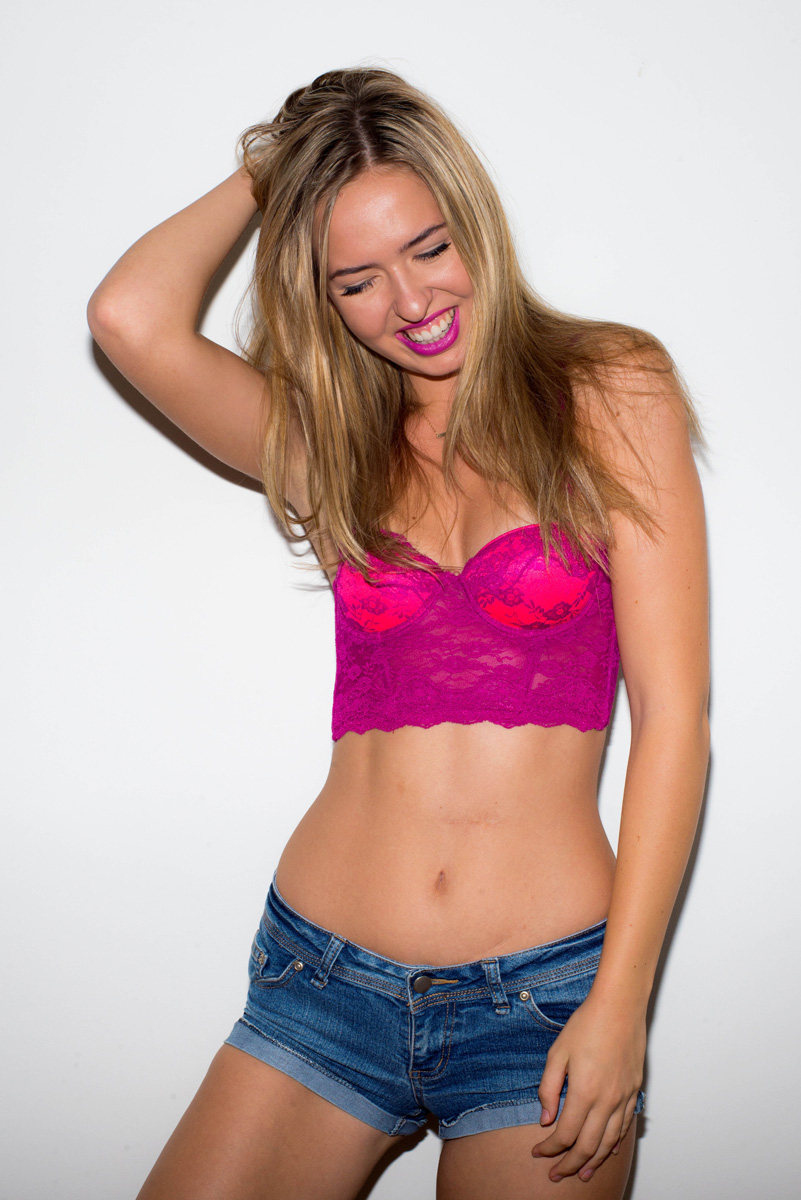
I began on solids at 6 months old as I had developed a lactose allergy and would not latch on to breastfeed. With this, swallowing became an issue. I skipped over sloppy baby food, as anything of that consistency would just slide down my throat and I would begin choking, as I did not have the strength in my muscles to swallow and push it down.
I could cope easier with solids, however swallowing them where at times troublesome. I was taken into surgery twice before I was 2 to have a large grape and a blueberry removed from my food pipe after they had become lodged.
At 2 years old I began breathing therapy. I would have to blow bubbles into water with food dye and bubble bath for half an hour to an hour every day for the two years to follow. I used to love the fun and mess of this activity but would quickly become exhausted after a few minutes of exertion.
My immune system was not strong, and I was faced with recurrent pneumonia, hospitalised with over 25 bouts before I was three years old, with one resulting in cardiac arrest where I needed resuscitation. It was hard to see that things were going to get better for me with these issues, on top of recurrent UTIs, constipation and the challenge of managing my bowels.
Unless you heard my TOF cough or saw my scars, no one would ever know I was not like any other joyful kid in the playground. I had many friends, felt loved and had a happy childhood despite my struggles with health. As I grew my swallowing became easier, and I knew I had to drink when I ate to wash things down, and still do that to this day.
My lungs and airpipe strengthened. It took years and even now it is not as good as the average persons’ however I have grown to not be able to tell there is any problem. When you have an impairment you know no different, and it becomes something you adjust to rather than a daily struggle.
I began excelling academically throughout school and was elected school captain of my primary school. I had the support of loving parents, family, friends and doctors – all of whom I would see often.
I was never brought up on the perception that my condition was something that was ‘bad’, all I knew was that I was different. This was the best thing my parents could have ever done. While they were loving and supportive, I was never given sympathy and learnt to build a resilience that was uncommon amongst my peers.
I was always encouraged to follow my dreams and passions, and that I would be able to achieve whatever I set my mind to. There was never the idea put in my head that I would not be able to achieve what I wanted to do because I was “disabled” or had trouble breathing, swallowing and could not control my bowels.
Despite being more academically inclined, I knew my passion was fashion and modelling. Since I could talk I would always be making speeches at family gatherings or dressing up in daring outfits and having a ball. My mother struggled to believe I was her child as she had never worn makeup in her life and would always joke that I defeated all the feminist activism she did in Uni in the 70s where women would burn their bras!
Knowing modelling was what I wanted to do, despite setback and rejection I pushed through and was determined. I landed 3-month development contract at a modelling agency and was offered a twelve-month renewal when I was only one month into it. I was graced with comments from everyone that I worked with that I had a natural talent, and that I was one of the most grateful, enthusiastic and passionate people they had ever worked with. I knew that this was a credit to the medical struggles I had, as every bad time with my health made me appreciate the good times all the more.
I began walking the runway, travelling to Europe and interstate modelling for local and international designers. I was living the life I only dreamed I could. Now I am able to model, advocate for those with similar conditions to mine and have had the opportunity to write a book to tell my story that is due to come out in late 2018. I believe that the condition I have gave me a huge opportunity rather than a setback.
Having VACTERL, or any disability or illness should never mean that you are not beautiful, worthy, talented or able to achieve whatever you desire. If you can dream it, you can do it. Never let the things that bring you pain, define you – let them give you purpose.
Modelling bookings to David Alexander/Mary Hecker at [email protected] and media enquiries etc to [email protected]
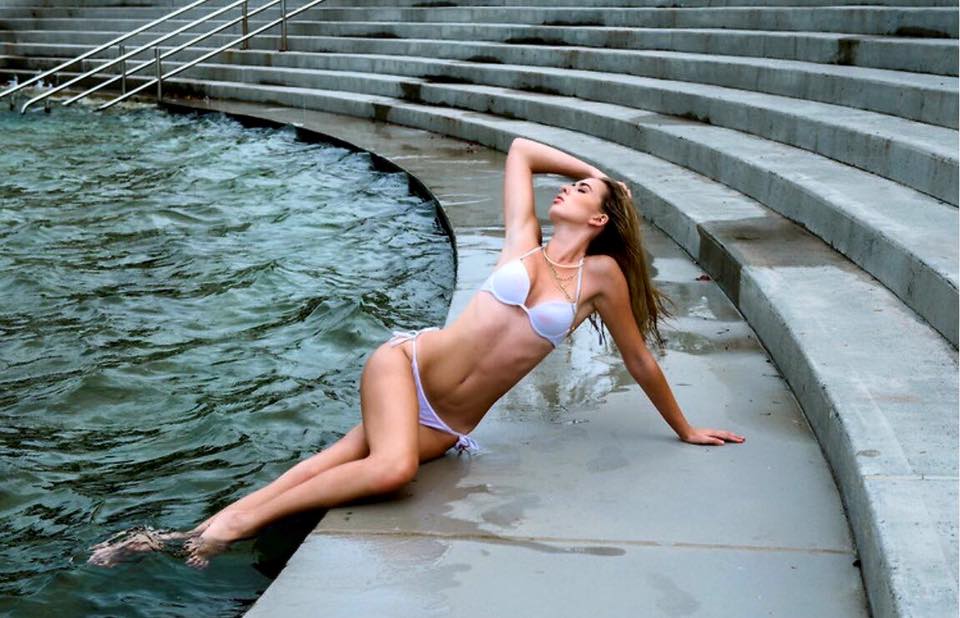
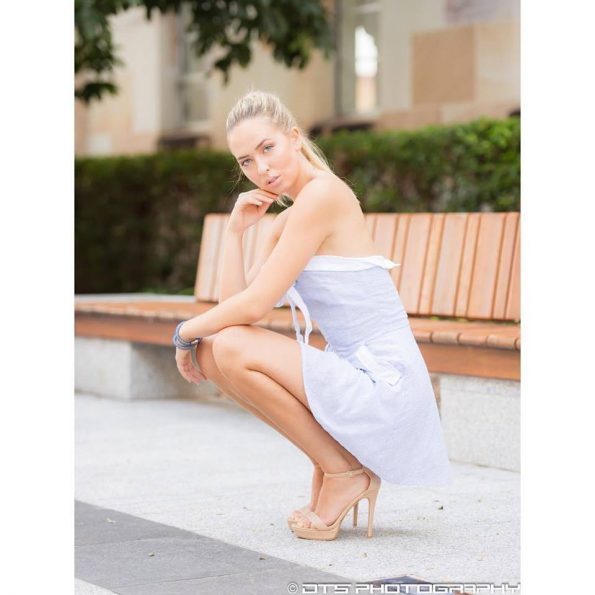
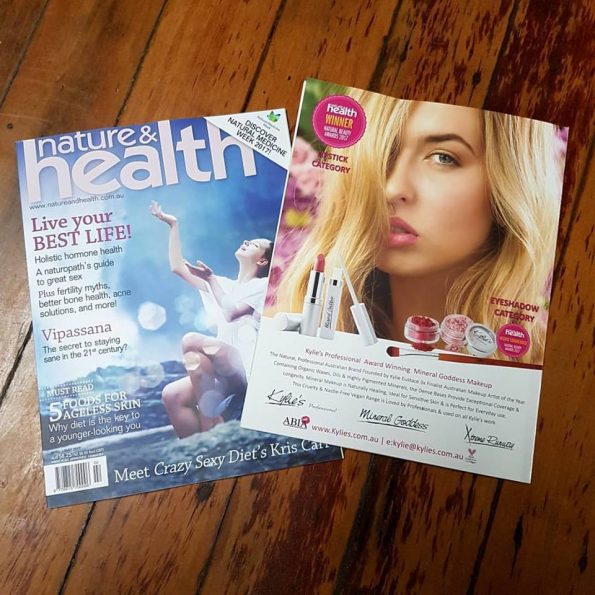
Responsive website designed & developed by
![]()